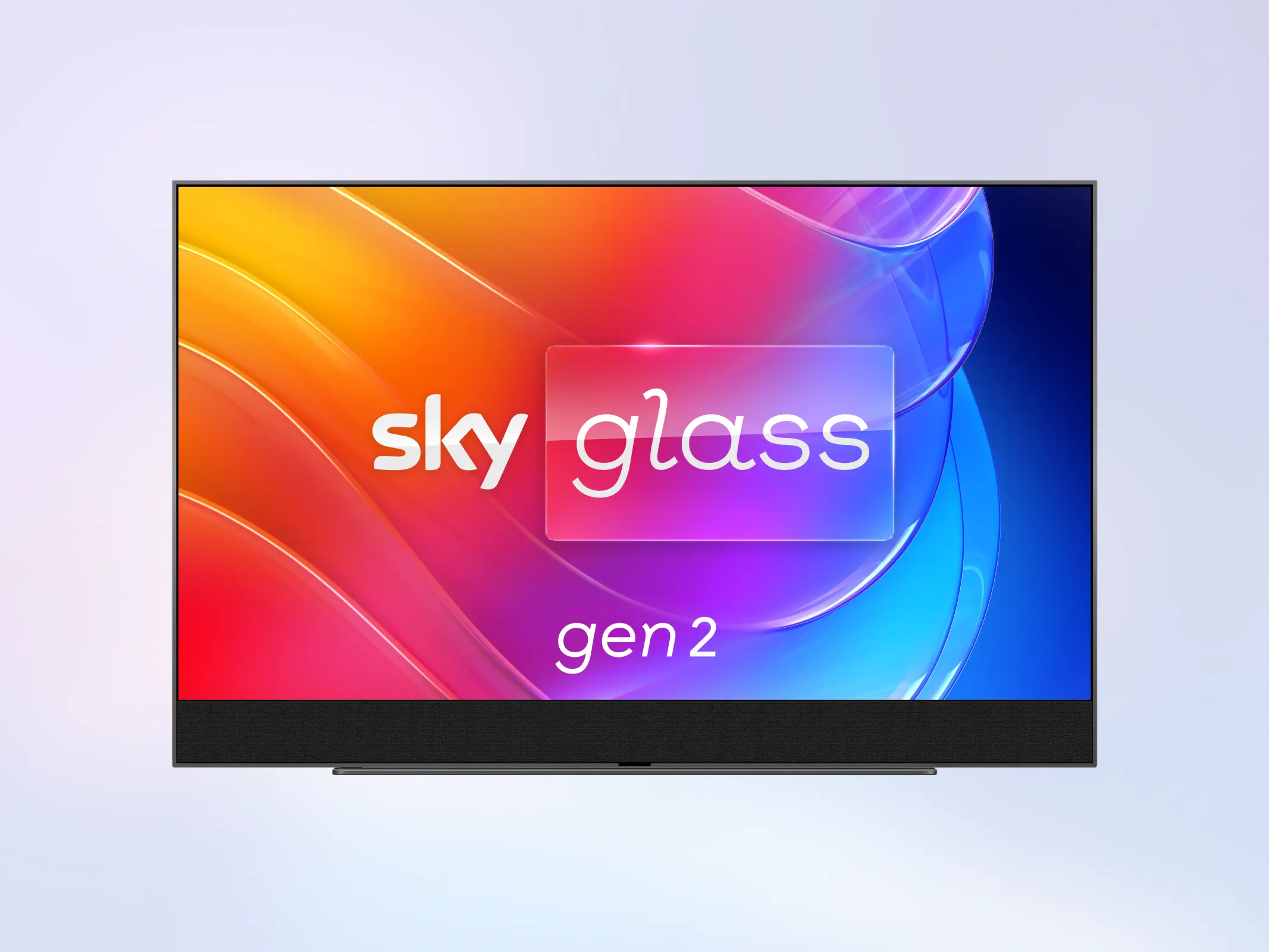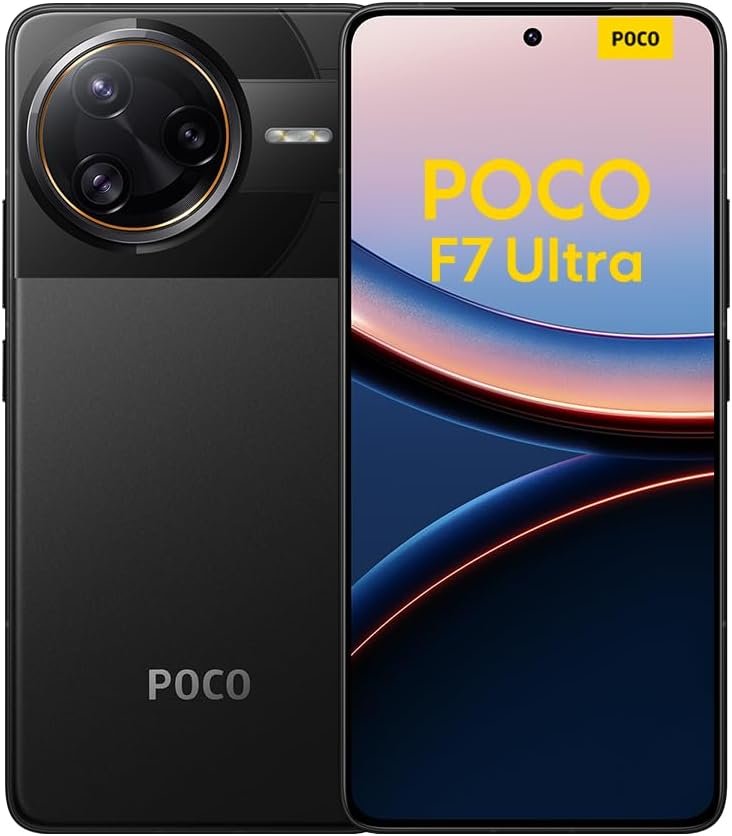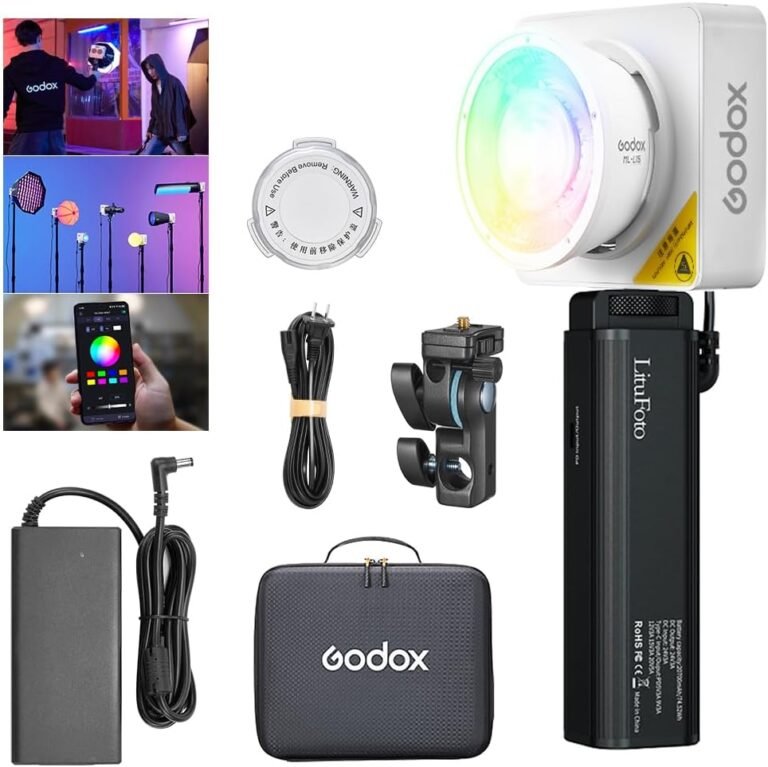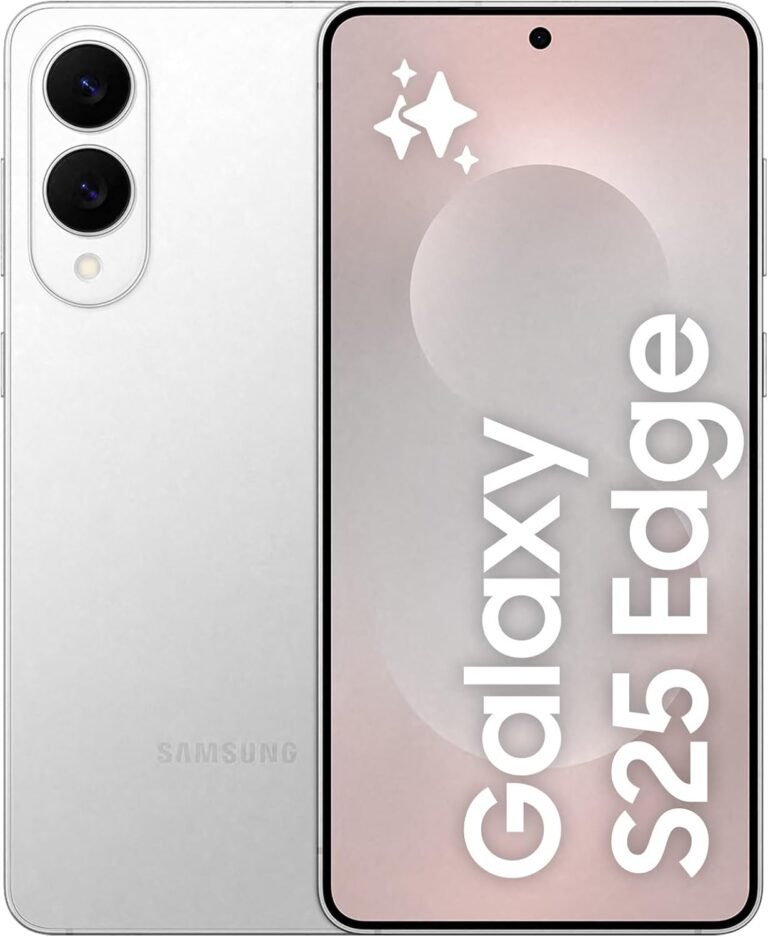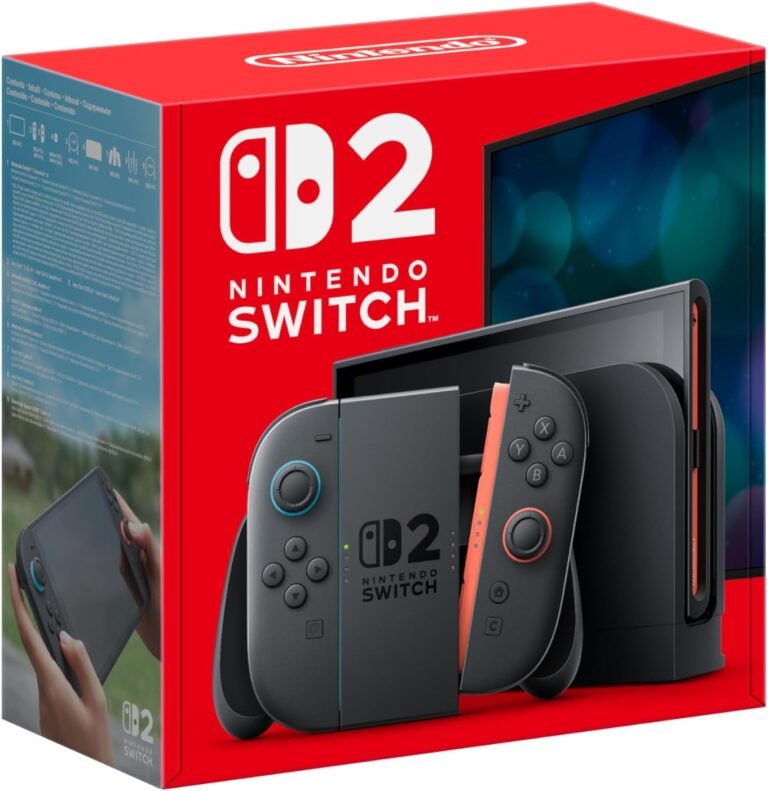Meta Description: Our comprehensive Sky Glass Gen 2 review examines the significantly improved brightness, enhanced 3.1.2 Dolby Atmos sound system, streamlined setup, and value proposition of Sky’s second-generation all-in-one smart TV.
The Sky Glass Gen 2 review reveals a significantly improved all-in-one smart TV that addresses the most pressing criticisms of its predecessor whilst maintaining the unique integrated proposition that made the original concept so compelling. Launched in February 2025, Sky’s second-generation Glass represents a thoughtful evolution focused on the areas where the original model fell short – particularly brightness, local dimming, and sound quality.
What Is Sky Glass Gen 2?
The Sky Glass Gen 2 is an Ultra HD QLED smart TV with a built-in Sky box and integrated 3.1.2 channel Dolby Atmos soundbar system that allows customers to stream Sky TV without requiring a satellite dish installation. Available in 43-inch (£699), 55-inch (£949), and 65-inch (£1,199) variants, the television combines Sky’s streaming service with a premium display and comprehensive audio system in a single, elegantly designed package.
The fundamental concept remains unchanged from the original: this is a television designed to eliminate the clutter of separate set-top boxes, soundbars, and traditional satellite dish installations. What has changed significantly is the execution, with Sky addressing the most substantial shortcomings of the first generation whilst maintaining the same competitive pricing structure.
Design and Build Quality Improvements
The Sky Glass Gen 2 retains the distinctive aesthetic that made its predecessor visually appealing, available in three colour options: Arctic Silver, Atlantic Blue, and Volcanic Grey. However, the most remarkable improvement lies in the setup process. The television features an exceptionally straightforward setup process that has been considerably refined from the original model – simply unbox the TV and stand, place the stand on a flat surface, slide the pegs into it without requiring screwdrivers, then insert the pegs into holes on the base of the TV.
Due to the integrated soundbar system, the television is bulkier than typical QLED TVs, but this gives the Glass Gen 2 a durable edge and provides space for the comprehensive audio system. The design philosophy prioritises functionality and durability over ultra-slim aesthetics, a trade-off that proves beneficial for the integrated approach.
The positioning of ports is highly convenient, with three HDMI ports lined up alongside USB-C, USB-A, Ethernet, and aerial slots. The aerial connection serves as backup for broadcast TV should network connectivity fail, demonstrating thoughtful design consideration.
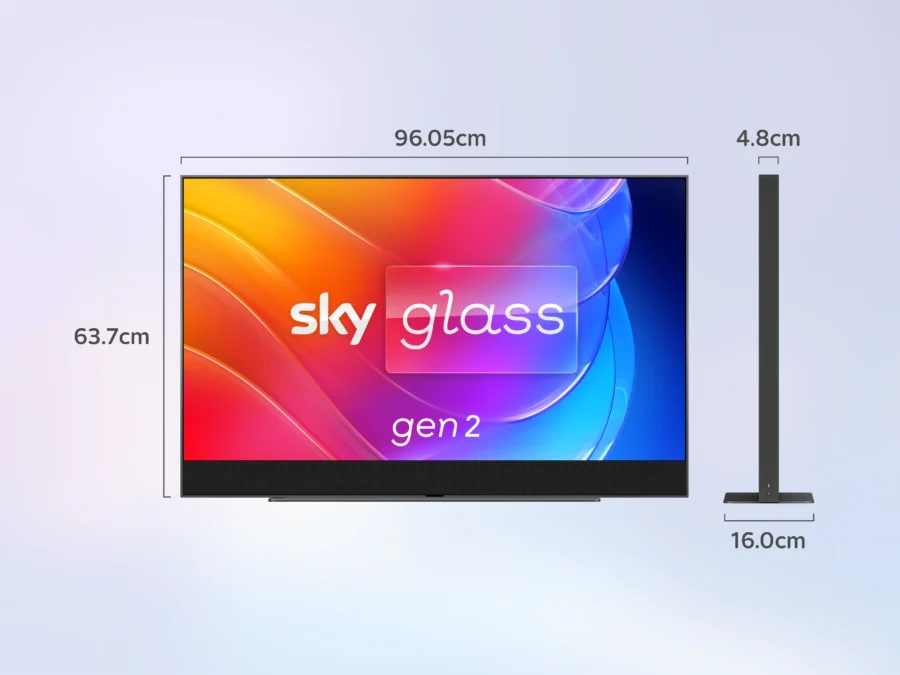
Significant Picture Quality Enhancements
The most substantial improvements in the Sky Glass Gen 2 centre around picture quality, addressing the original model’s most significant weakness. Sky has worked to address the past model’s brightness and HDR performance issues, with the Glass Gen 2 offering upgraded brightness, additional dimming zones, and wider viewing angles.
In terms of brightness specifically, TechRadar measured the original Sky Glass as reaching peak HDR brightness of 425 nits in a 10 per cent measurement window – this model performed far better, coming in at 1,055 nits. This represents a remarkable improvement that makes the television far more suitable for well-lit rooms where the original often struggled.
The Sky Glass Gen 2 is capable of delivering 4K content and is compatible with Dolby Vision, HDR10, and HLG. When viewing reference material, contrast was typically good, with bright artificial lights beaming from skyscrapers nicely defined against the night sky, though there was a slightly grey tint to what is meant to be deep black sky – perhaps to be expected from a QLED in this price range.
The Sky Glass Gen 2 brings more viewing modes to the table, including options such as Vivid, Extra Vivid, Entertainment, and Sports modes, with an Auto mode that switches between various modes depending on the content. However, more advanced settings are hidden in a menu at the very bottom of the home screen, which takes considerable scrolling to reach.
Technical specifications confirm the television maintains a 60Hz refresh rate, which will disappoint gaming enthusiasts hoping for 120Hz support.
Revolutionary Integrated Audio System
The audio system represents one of the most impressive aspects of the Sky Glass Gen 2. The TV has its own soundbar system built-in, configured in a 3.1.2 Dolby Atmos setup, meaning three outward-firing speakers, a pair of woofers for bass output, and a pair of upward-firing speakers for more vertical, immersive sound.
Compared to most mid-range TVs, the system delivers fantastic width and expansiveness, dynamic bass response, and clear dialogue. During testing, the TV tracked movement well across the screen, really immersing viewers in on-screen action, with songs sounding nicely weighted against other sonic elements without becoming muddied or convoluted in the mix.
However, limitations exist for dedicated music listening. When used for standalone music listening, there was a lack of instrument separation and attention to detail, with bass lacking the depth needed for dance music, resulting in a somewhat thin sound profile. The Glass 2 performs very nicely for movies and TV shows, with even demanding audio content sounding impactful.
Enhanced Performance and User Experience
The Sky Glass Gen 2’s user interface will look very familiar to those with Sky Q box or Sky Stream experience, providing everything needed in one place with straightforward navigation, responsive menus, and attractive presentation. The system can be personalised to display channels from favourites lists, and navigation feels responsive with minimal delays and loading times on network speeds of approximately 70Mbps.
Sky recommends minimum network speeds of 25Mbps for 4K streaming, and users with speeds below this threshold may find the television unsuitable. The integration continues to provide seamless access to UK catch-up services, eliminating the need to switch between different apps whilst maintaining consistent interface experience.
Voice controls can be used via the TV’s built-in microphone or included remote, making navigation considerably easier by allowing users to open various apps or request specific content types. Enhanced setup options include motion detection that turns the TV on when detecting room movement, and voice activation using “Hello, Sky” or “Hello, Glass” commands.
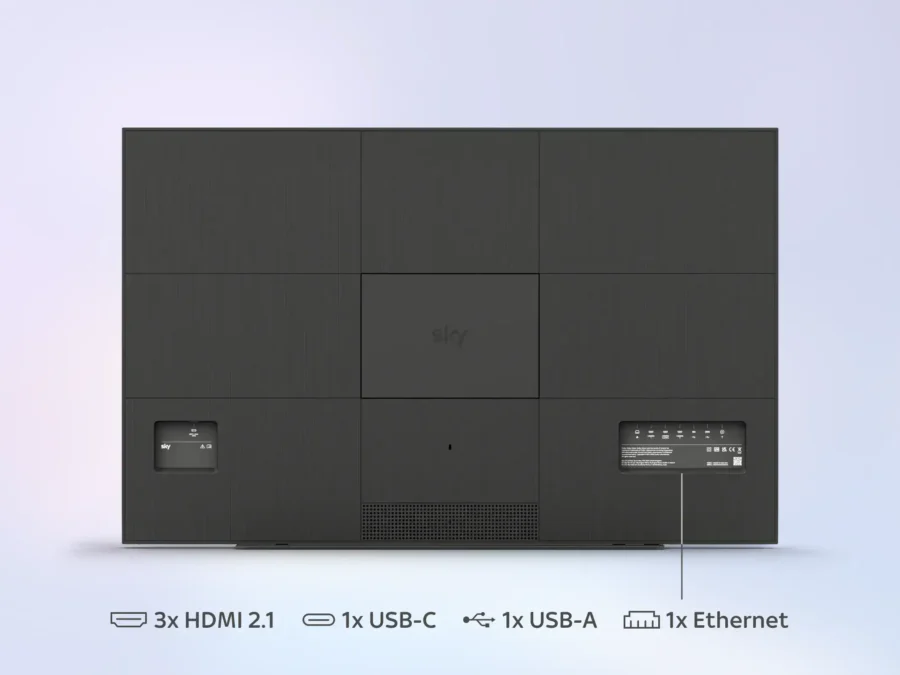
Gaming Limitations Persist
The weakest part of the Sky Glass Gen 2’s capabilities is its gaming performance, primarily due to the display’s 60Hz limit. Even though the television provides three HDMI 2.1 ports, none support 120Hz refresh rates, and variable refresh rates are also missing.
The TV automatically triggers Game mode and activates auto low latency mode (ALLM) when receiving a signal from gaming consoles, but lacks dedicated gaming settings menus for tweaking performance balance. For users planning to keep the television for four to five years, this represents concerning future-proofing limitations.
However, what gaming capabilities exist work well, with action-packed sequences displaying smoothly and no image degradation in Game mode when playing titles like Final Fantasy VII: Rebirth on PS5.
Competitive Value Analysis
The Sky Glass Gen 2 maintains the same pricing as the original model at launch, with the 65-inch model priced at £1,199 before Sky TV subscriptions. Monthly payment options remain available at £14, £19, or £24 for respective sizes over 48-month periods, with no interest charges.
When compared to alternatives, cheaper 65-inch rivals include the TCL C805, available for less than £800 when on sale, which includes 4K 144Hz refresh rate and VRR for gamers. However, few sets can compete with the Glass Gen 2 on convenience, as everything needed is included in one package – TV, streaming services, multi-channel sound – with ultra-easy setup and pre-loaded content.
The fact that Sky has maintained the price of this much-improved Glass model the same as the original at launch represents a significant positive, particularly considering overall inflation during the intervening period.
Professional Review Consensus
Professional reviews consistently highlight the Sky Glass Gen 2 as a highly convenient TV package with improved display performance, though gaming limitations remain a significant drawback. Multiple reviewers describe it as “a big upgrade and a very compelling all-in-one TV, soundbar and TV service solution”, though note that “the costs soon mount up” when subscription expenses are included.
TechRadar’s comprehensive testing confirmed significant brightness improvements (from 425 nits to 1,055 nits peak HDR), enhanced local dimming, and substantially better audio performance compared to the original model.
Environmental and Long-term Considerations
The Sky Glass Gen 2 maintains Sky’s commitment to environmental responsibility through recyclable packaging and the elimination of satellite dish requirements. The integrated design philosophy inherently reduces energy consumption compared to separate television, soundbar, and set-top box combinations.
One significant advantage of choosing Sky Glass Gen 2 is ongoing software support and feature updates. Unlike traditional television manufacturers who provide limited software updates, Sky maintains vested interest in improving the Sky OS experience to support their streaming service, potentially extending the television’s useful life beyond conventional models.
Target Audience Assessment
The Sky Glass Gen 2 is ideally suited for Sky customers seeking super-easy setup and user experience, representing the ultimate convenience as an all-in-one hub without requiring dish installation or external set-top boxes. The flexible monthly payment structure makes it accessible for those preferring contract-style purchases.
However, keen gamers should avoid this television due to its 60Hz display limitation, lack of 120fps gameplay support for PS5, Xbox Series X, or Nintendo Switch 2, and missing variable refresh rate capabilities. Existing original Sky Glass owners may not find sufficient justification for upgrading, as no upgrade plan is available and some improvements are subtle rather than transformational.
Comparison with Premium Alternatives
When compared to dedicated premium televisions like the Samsung QN90D (£1,299) and Hisense U7N (£999), the Sky Glass Gen 2 occupies a unique position prioritising integration over absolute performance. Both alternatives offer superior gaming features with 144Hz refresh rates, more HDMI ports, and additional HDR format support, but neither provides the integrated streaming service and soundbar functionality.
The Samsung QN90D uses QLED with mini-LED technology for superior contrast and brightness, whilst the Hisense U7N provides excellent value with comprehensive gaming support. However, both require additional investment in soundbars and streaming devices to match Sky Glass Gen 2’s integrated functionality.
Connectivity and Technical Specifications
The Sky Glass Gen 2 provides three HDMI 2.1 ports, with one serving as eARC slot for external soundbar systems, alongside USB-C, USB-A, Ethernet, and aerial connections. Despite HDMI 2.1 specification, the television doesn’t support 120Hz gaming or variable refresh rates.
Missing features include HDR10+ support and DTS support, though neither represents a dealbreaker for a streaming-focused television. The aerial connection provides backup broadcasting capability should network connectivity fail, demonstrating practical design consideration.
Real-World Performance Assessment
During extended testing periods exceeding two weeks, the television demonstrated solid performance across various content types, though broadcast content quality occasionally appeared restrained for several seconds after channel changes before sharpening. Motion handling proved adequate for sports content, with intense exchanges displaying without excessive blurring or disruption.
Light reflection handling was decent in medium-sized living room environments with window placement, though overhead lighting in testing facilities caused noticeable screen glare during darker scenes. This performance proves typical for the price category, with higher-end options potentially offering superior anti-glare treatments.
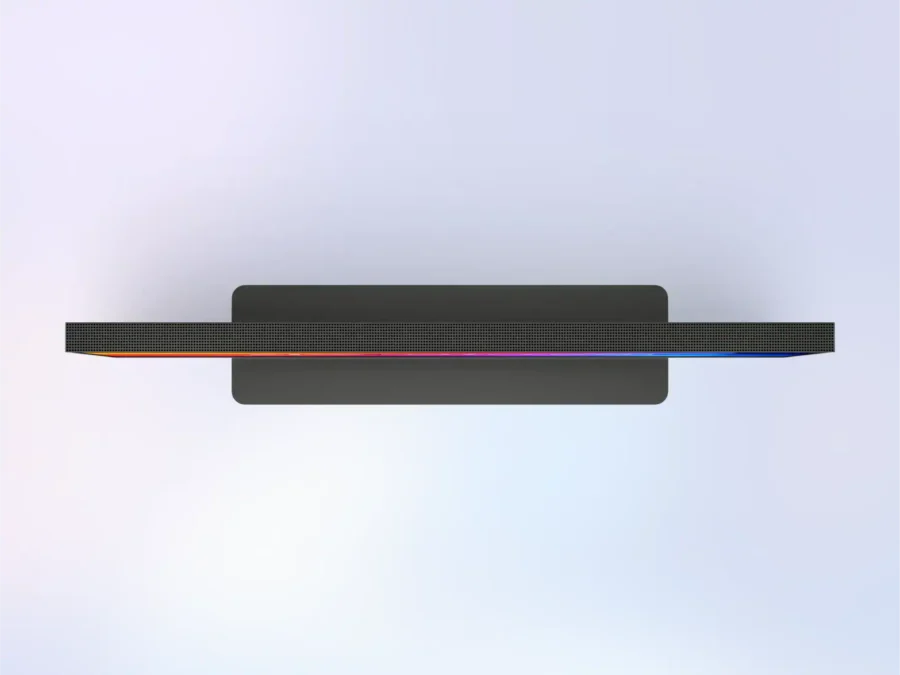
Sound System Deep Dive
The integrated 3.1.2 Dolby Atmos configuration provides impressive spatial performance with excellent directionality during atmospheric content. Testing with demanding audio content demonstrated effective tracking of on-screen movement and immersive sound placement that substantially exceeds typical television audio capabilities.
Dialogue clarity remains excellent throughout various content types, with optional Night Mode and Enhance Speech Quality settings available, though default clarity typically proves sufficient. The system’s ability to handle complex audio mixes without muddling represents a significant achievement for integrated audio solutions.
However, the system’s musical performance lacks the instrument separation and detail required for serious music listening, with bass response proving somewhat thin for dance music genres. This limitation aligns with expectations for integrated television audio systems, even premium implementations.
Smart TV Interface Excellence
The Sky OS interface provides seamless integration of broadcast TV, streaming services, games, and HDMI source content in a unified, responsive environment. Personalisation options include favourites lists and automatic content mode switching, with Movie mode activating for Netflix films and Sports mode engaging for Sky Sports content.
Voice control functionality proves comprehensive, supporting app opening and content requests, though not all applications support internal voice commands for specific content selection. The unified interface approach eliminates the complexity associated with multiple remote controls and separate devices.
Final Professional Assessment
The Sky Glass Gen 2 offers a significant improvement over its predecessor, bringing better brightness, more immersive sound, and more advanced local dimming. Despite improvements, users still receive a largely similar television at its core – an all-in-one, easy-to-use Sky hub that doesn’t require dish installation for live viewing.
Some similarities prove less welcome, including the 60Hz refresh rate cap and frustrating-to-reach advanced settings. However, users receive a very solid QLED TV and highly convenient package that Sky customers may find difficult to resist.
The Sky Glass Gen 2 succeeds in refining the original concept into a more mature and capable product that finally delivers on the integrated approach’s promise. For Sky customers seeking ultra-convenient setup combined with genuine performance improvements, the Gen 2 model represents a compelling proposition, though serious gamers and those not requiring the integrated sound system may find better value elsewhere.
Buy on Sky Website
Get the official Sky Glass Gen 2 directly from Sky’s store for warranty and support.
Buy on Sky Website
